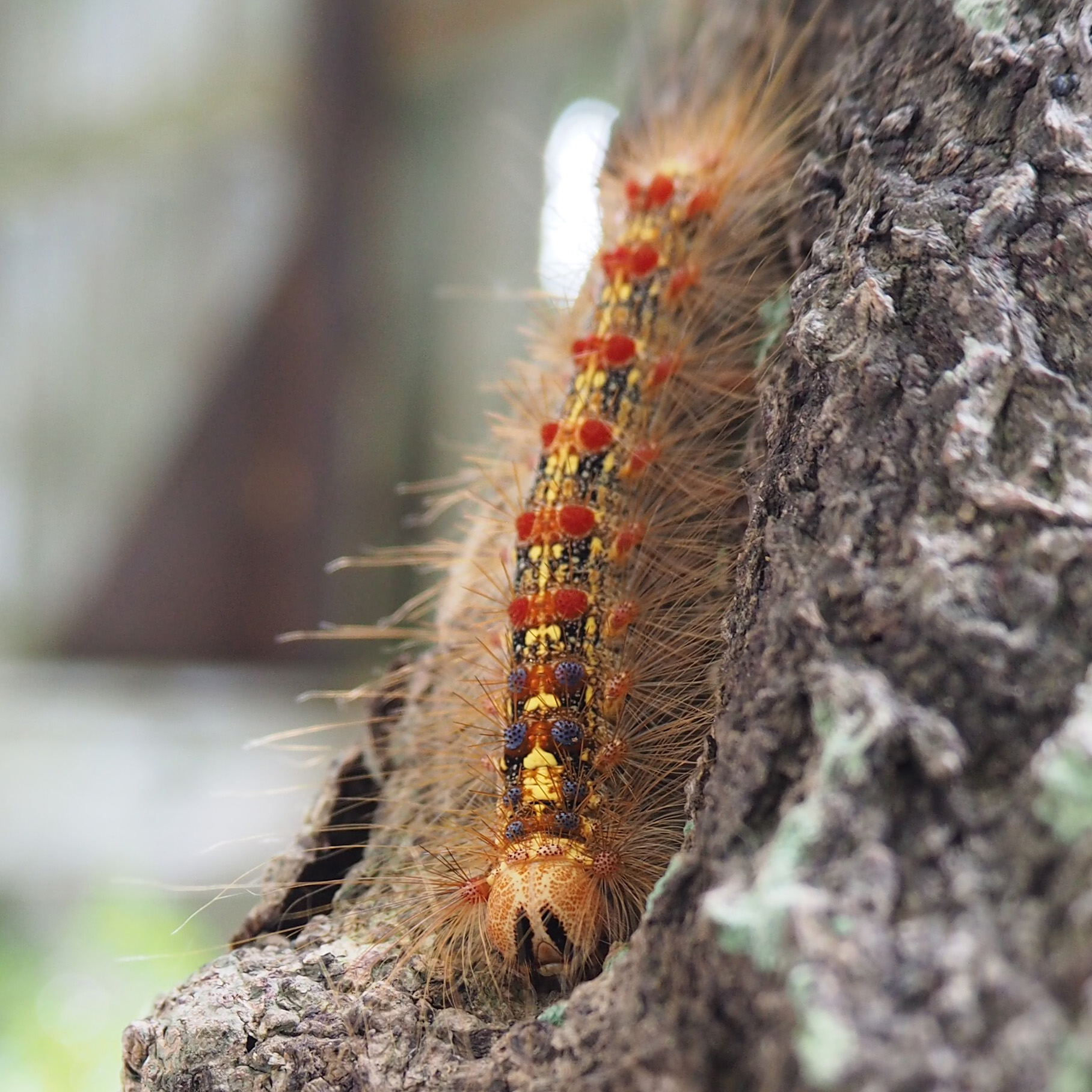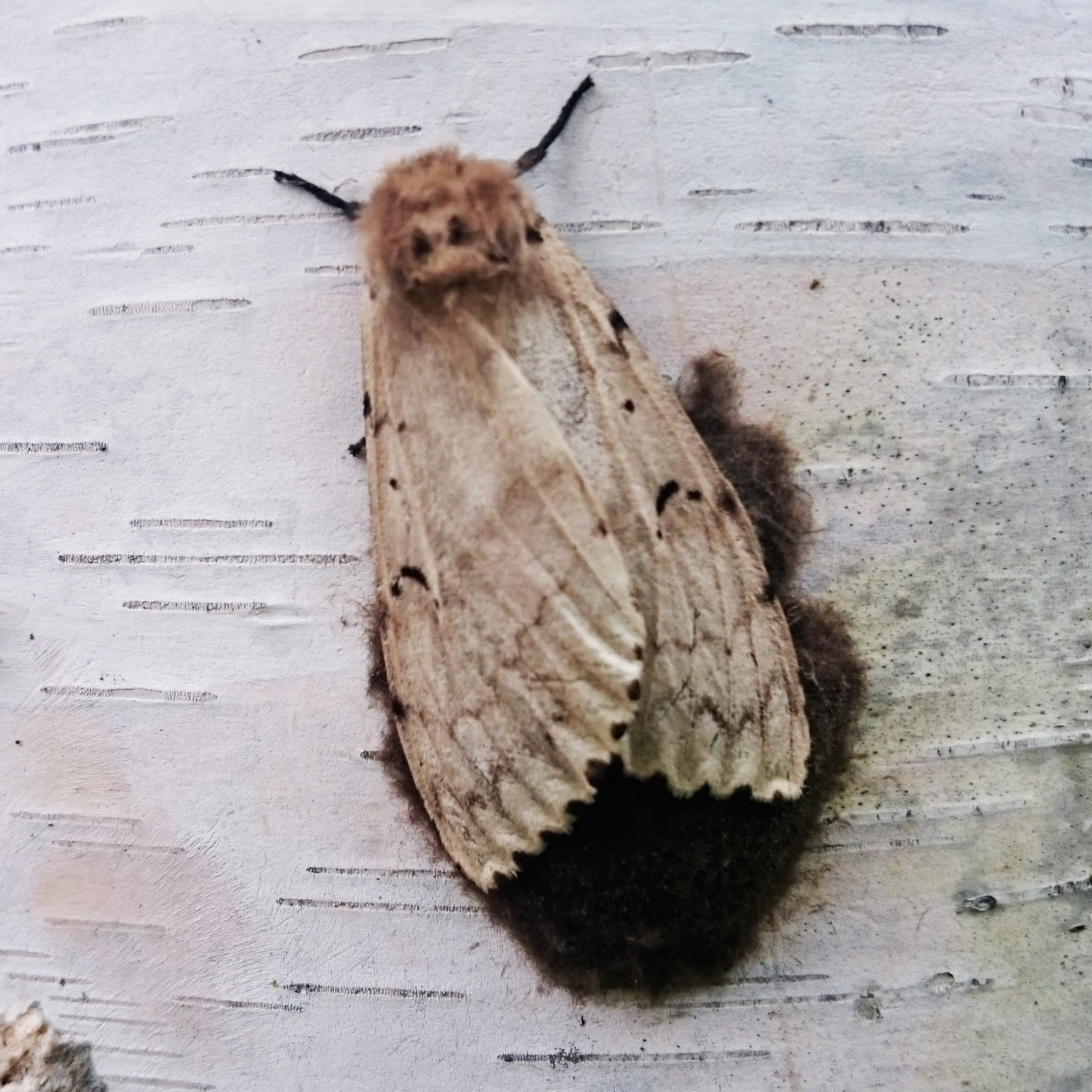Research
1. Molecular mechanisms of microbe-host interactions: Symbionts
Many arthropods harvors a variety of symbiotic microorganisms. The most well-known microorganism is the intracellular symbiont Wolbachia, infecting half of all arthropods. They increase hosts' fitness and resistance to natural enemies in favor of female survival. Furthermore, they also perform host reproductive manipulations such as male-killing, feminization, parthenogenesis, and cytoplasmic incompatibility. These traits have attracted attention in terms of applications, such as the suppression of pathogenic viruses transmitted by mosquitoes.
Our group has been conducting the research on host reproductive manipulations in the important tea pest Homona magnanima. We found the early male-killer, Spiroplasma and Wolbachia, the late male-killer, double-stranded RNA viruses (Tsugeno et al. 2017; Arai et al. 2019; Fujita et al. 2021). The comparative genome analysis showed that Wolbachia acquired its male-killing ability by infecting bacteriophages(Arai et al. 2023).
Wolbachia, which does not induce sex ratio abnormalities, is also infected with H. magnanima. Their triple infection increase the fitness of female (Arai et al. 2019; Ueda et al. 2022).

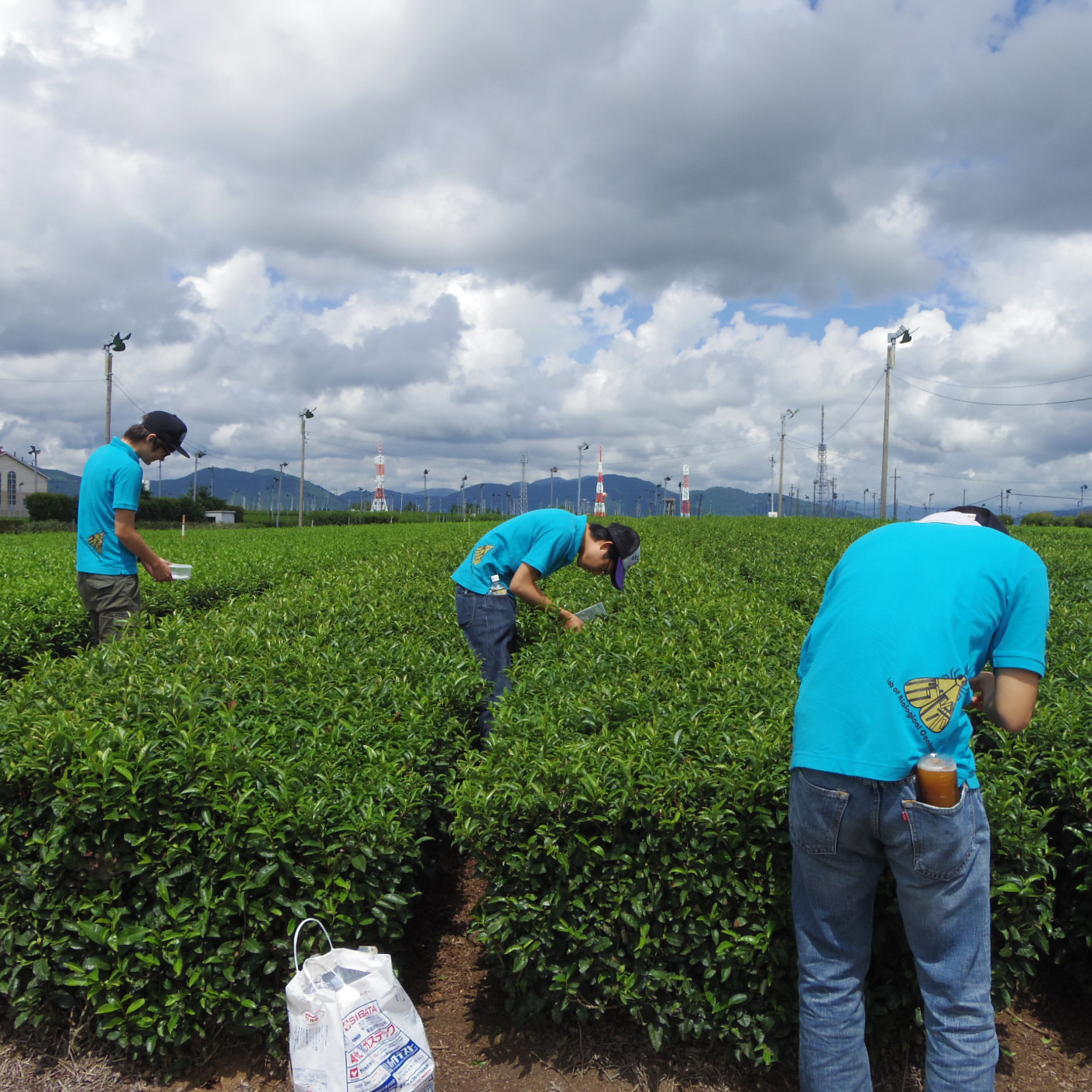
2-1. Agriculturally important epidemiological studies: identification and control of vector pathways for pollinator pathogens
Bumblebees are eusocial insects belonging to the Apidae. Like honeybees, they are widely used throughout the world as pollinating insects for crops and are important pollinators for wild plants. Bumblebees have a wide variety of predators, parasitoids, parasitic bees, and other natural enemies. However, the ecology of these natural enemies is not known. The recent declines of bumblebees have been suggested to be due partly to the impacts of these natural enemies.
Our group is focusing on microsporidia of bumblebees to investigate their prevalence in the field, the effects of infection, and their transmission mechanisms.

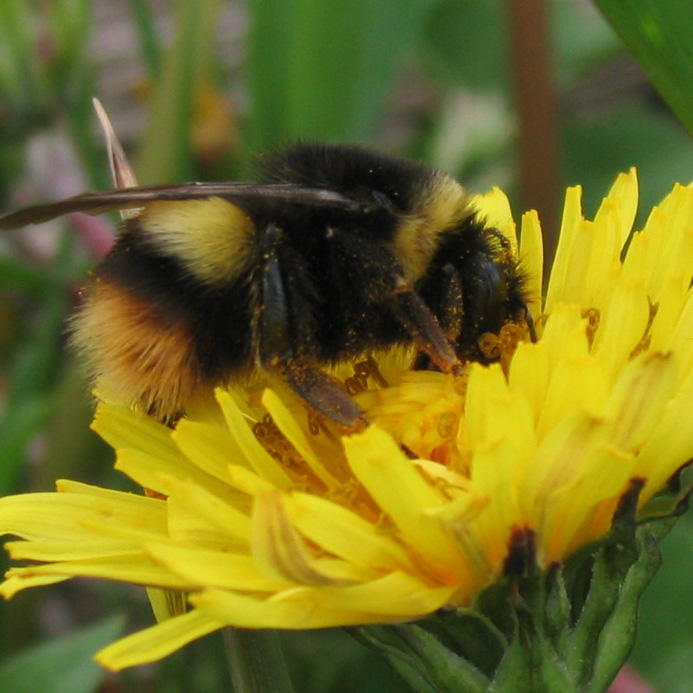
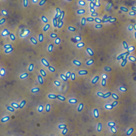
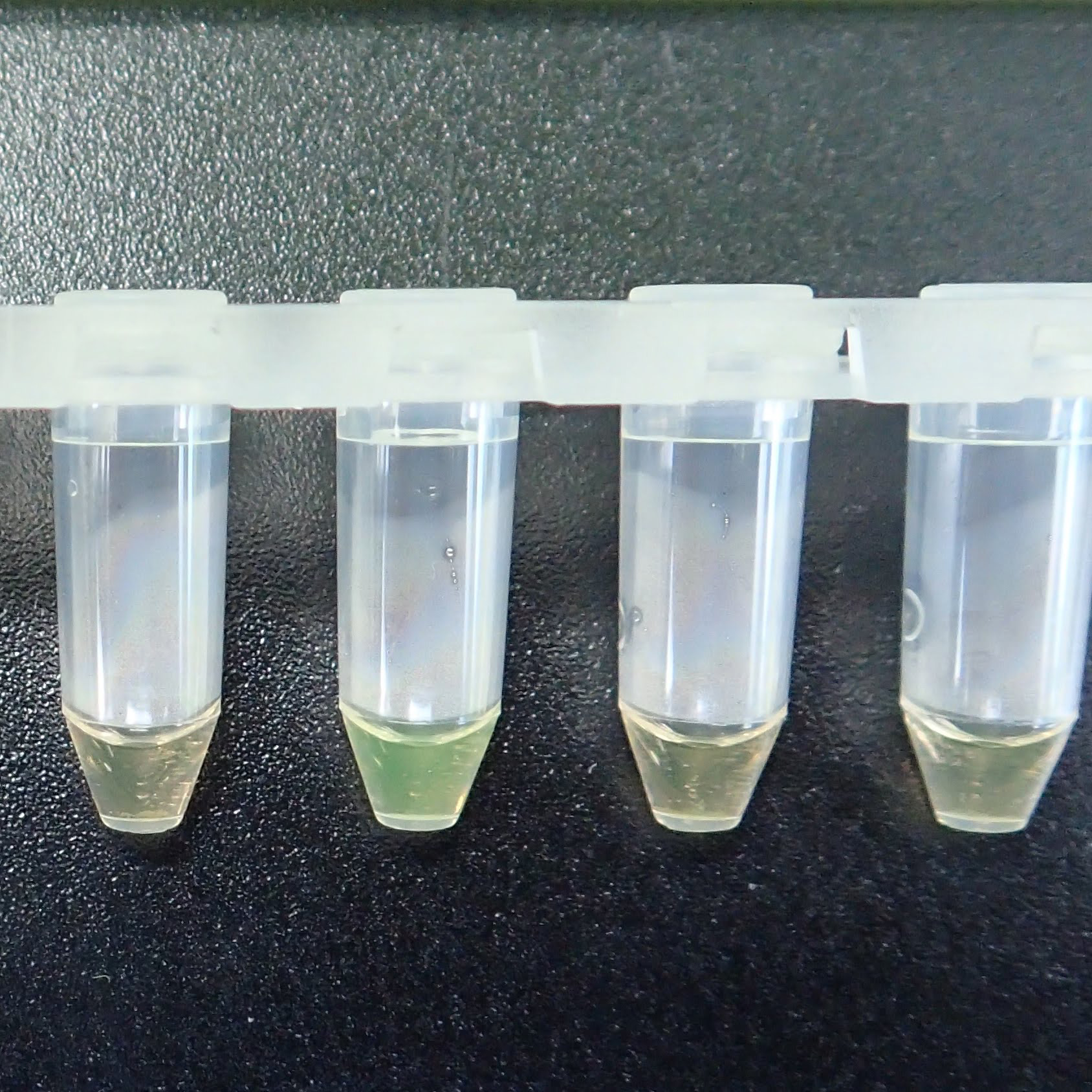

2-2. Agriculturally important epidemiological studies: transmission of phytopathogens in a pollinator-symbiont network
Bumblebees and honeybees, with their high learning ability and flowering constancy, can be important vectors for phytopathogens. Some of them may be pathogens that affect crops in the future. Therefore, we are searching for phytopathogens from a variety of plants and pollinators, as well as investigating the possibility of horizontal transmission via pollinators.
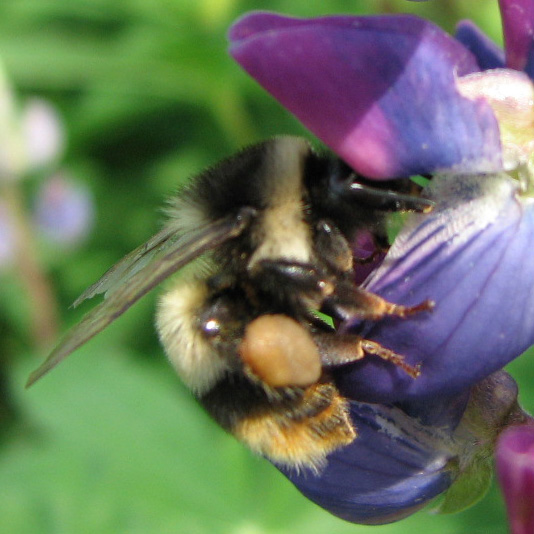
3. Development of an integrated pest management system (Forest IPM) for forest pests
The spongy moth Lymantria dispar, belonging to Erebidae, is a globally important pest that feeds on many trees and cause serious damage to forests. Outbreaks occur in approximately 10-year cycles, and natural populations are ended by the epidemic of diseases such as viruses and pathogenic fungi. However, population densities are very low during non-outbreak periods, so there is little information on its ecology. Our group aims to clarify the adaptive strategies that pathogens adapt to hosts with periodic outbreaks and the underlying mechanisms of outbreaks.
In addition, to establish population control methods for forest insect pests, we develop an integrated pest management system (Forest IPM) for forest pests by effective biological control materials, together with satellite remote sensing to estimate broad-area dynamics of forest insect pests.
The spongy moth outbreaks have occurred in Yamanashi and Nagano prefectures since 2019, and in 2020, nucleopolyhedrovirus was prevalent in Yamanashi prefecture; outbreaks were observed in Nagano and Toyama prefectures in 2021-2022 and in Tohoku region and western Hokkaido in 2022.
